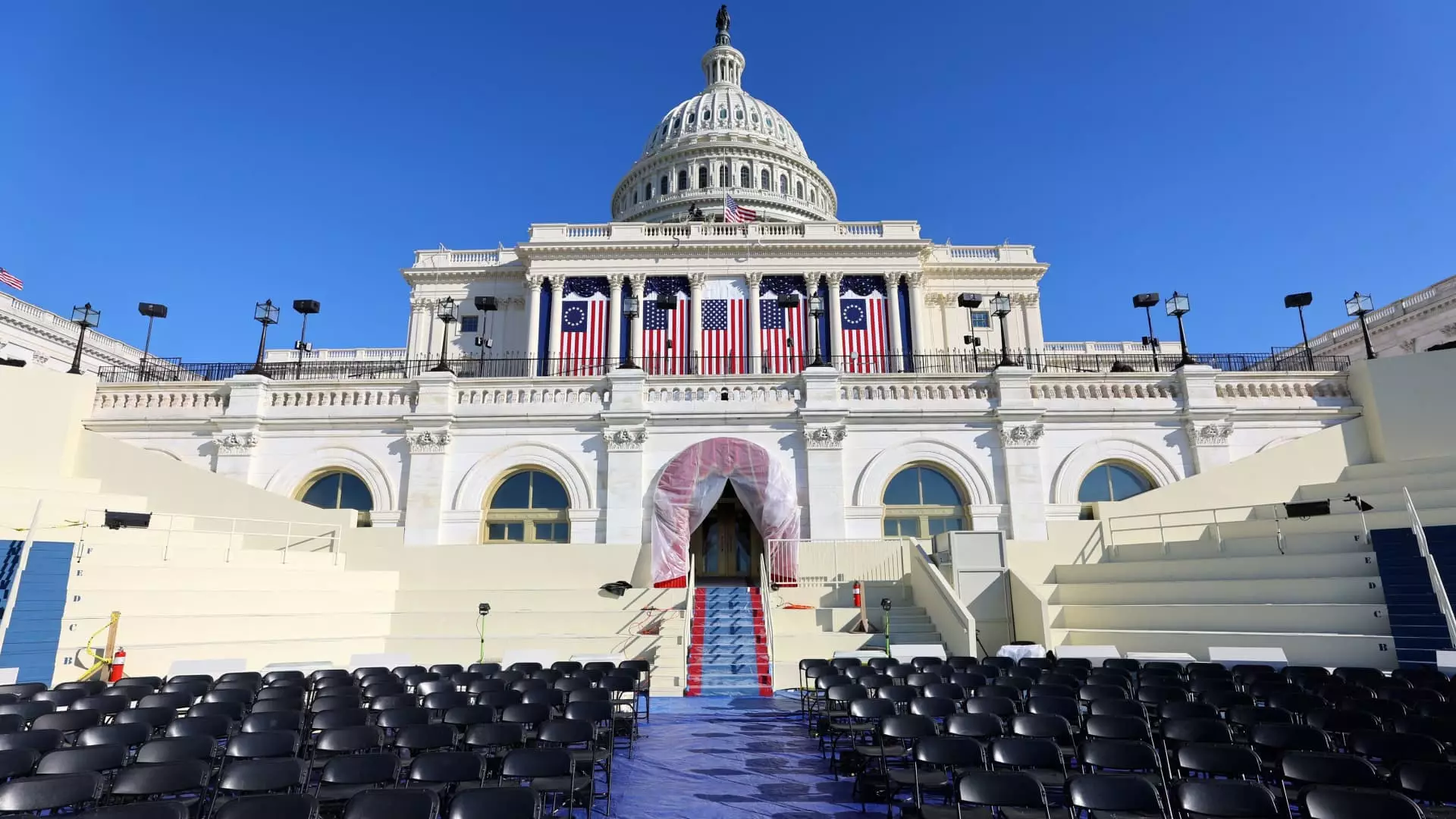As the United States prepares for another presidential inauguration, the spotlight intensifies on the financial machinations surrounding the event. The recent influx of substantial donations from corporate entities and affluent individuals raises pressing concerns over transparency and accountability. Senators, led by Catherine Cortez Masto of Nevada, underscore a crucial sentiment: the American populace deserves clarity regarding the sources and allocations of these funds. This growing scrutiny emerges against the backdrop of historic financial sums amassed by inaugural committees, prompting legislators to consider stringent measures to safeguard public interests.
Responding to these concerns, Sen. Cortez Masto has reintroduced the “Inaugural Committee Transparency Act.” This bipartisan effort aims to rectify existing loopholes in the oversight of these committees. Under the proposed legislation, inaugural committees would be mandated to publicly disclose the names and addresses of any individual or vendor receiving payments over $200, along with comprehensive expenditure purposes. Furthermore, the act stipulates that unspent funds should be donated to qualifying charities within 90 days post-inauguration. Such requirements are a necessary countermeasure against the potential misuse of significant donations, which could otherwise lead to personal gain or political favoritism.
The impetus for these reforms is not merely academic; it springs from a previous inauguration’s record-setting fundraising efforts. In 2017, President Trump’s inaugural committee amassed an astonishing $107 million, a figure that has been surpassed in the current electoral cycle where projections suggest a potential influx of $200 million. The trend is troubling, especially in light of the nebulous nature of inaugural committee financial disclosures. While contributions over $200 must be reported, there is little to no requirement for clarity on how these funds are utilized. This ambiguity can lead to misallocation, misuse, and even potential corruption, undermining the fabric of democratic accountability.
The relationship between corporations and the political sphere often blurs the lines between legitimate support and cronyism. As CEOs and companies vie for proximity to the incoming administration, the inaugural committee serves as a strategic conduit for exerting influence. This dynamic raises ethical questions about the motivations behind such generous donations. Are they fueled by genuine support for the new administration, or do they represent a calculated investment in favorable policy outcomes? With the absence of stringent financial regulations governing these committees, the breeding ground for such dubious motivations expands, further eroding public trust in governmental processes.
As the date of the inauguration approaches, the call for transparency in the handling of inaugural funds has never been more relevant. The proposed Inaugural Committee Transparency Act stands as a critical measure to ensure that democracy is not only preserved but thrives in an environment of accountability. In a time where public trust in government institutions is waning, it is incumbent upon lawmakers to secure safeguards against potential misuse of funds. By demanding transparency, the American people not only advocate for integrity in the political process, but they also bolster the accountability of those entrusted with leadership roles. The path forward must include transformative legislative efforts that prioritize the interests of the public over those seeking undue influence through financial means.


Leave a Reply